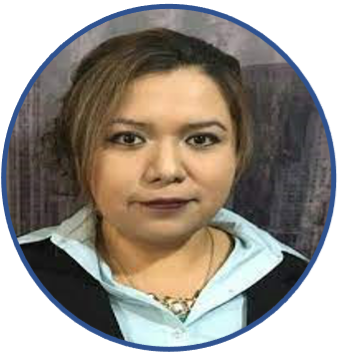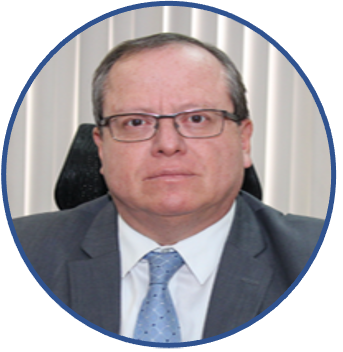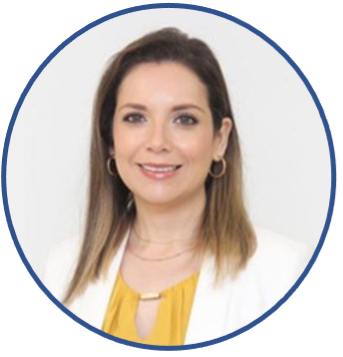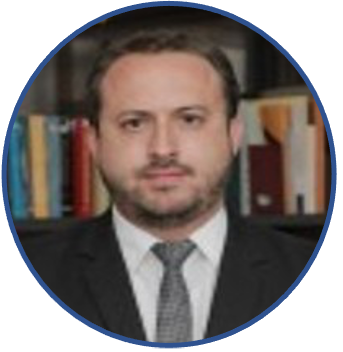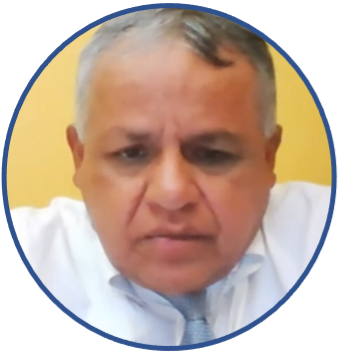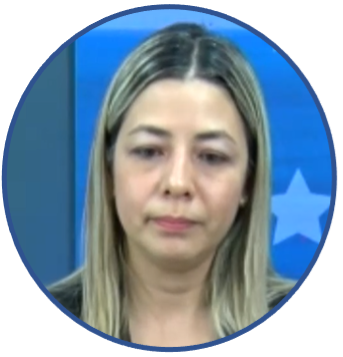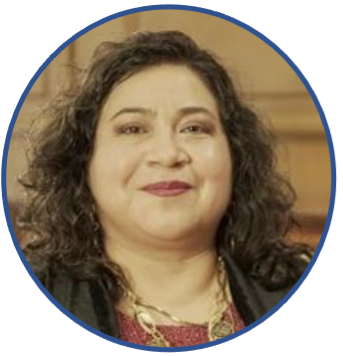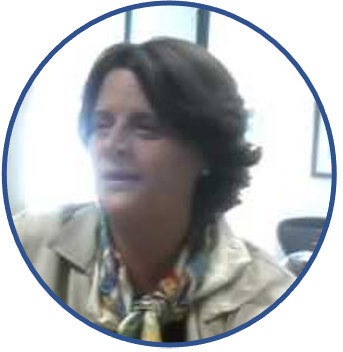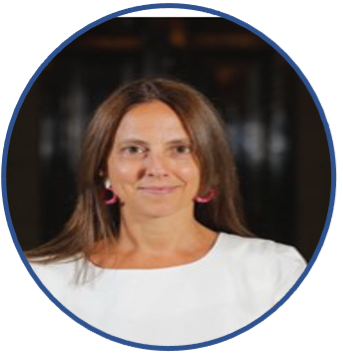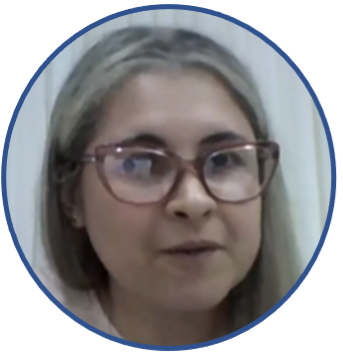
Disponible en
Español
![]()
Document Management and Management of Central Bank Archives
November 2 to 4, 2022
San José, Costa Rica
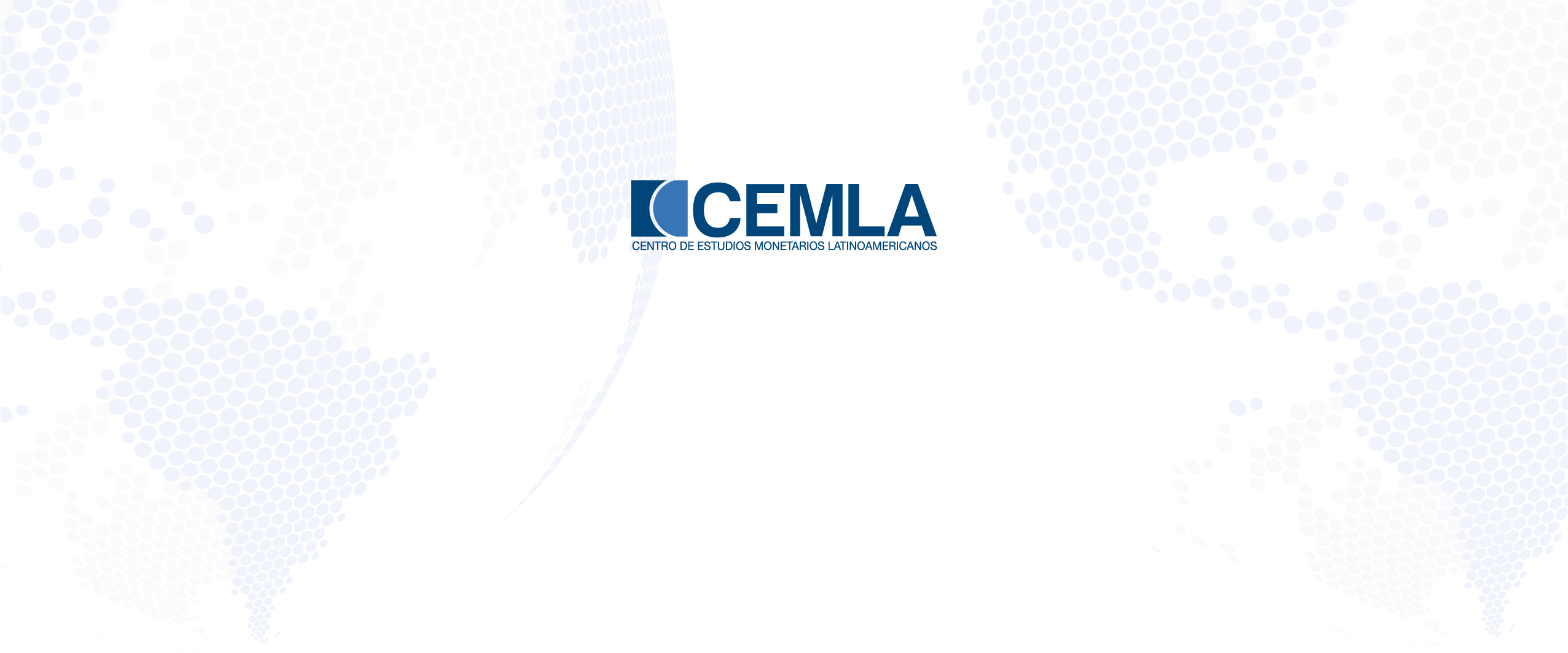
Inauguration of the meeting
Roberto Marino, advisor to the director of CEMLA, welcomed the participants of the Meeting and presented the objectives of the Meeting Document Management and Management of Central Bank Archives
He commented that it is a great satisfaction for CEMLA to see gathered in this meeting an important number of distinguished participants, many experts in the field of document management and archive management. He stressed that the large participation denotes the great interest in the subject throughout the various areas that make up the central banks.
He stressed that the theme of this Meeting of Experts on Document and Archives Management in Central Banks is of paramount importance to understand the functioning of modern central banking, especially the important role of transparency, access to information and communication for the effective conduct of monetary policy and the behavior of inflation.
He also commented that an important objective of the Meeting is to diagnose what are the current needs and challenges of central banks in terms of document management and archive management.
Certainly, cybersecurity and information protection are two of the great current and future challenges that central banks must address.
Regarding the management of archives, he pointed out that central banks have the responsibility to have impeccable files so that the testimony of the central bank's activities in all areas of the institution, its decision-making process and its organization are well documented. Today, technology makes archives much more accessible to citizens and researchers. The Meeting will address the different initiatives that central banks are carrying out to disseminate their heritage, from the use of institutional repositories to the realization of publications and exhibitions.
He ended his welcoming remarks by recalling the context in which central banks are operating today. In particular, he highlighted that today, central banks face great and new challenges due to the strong impact of recent adverse events. This requires central banks to take an in-depth look at the external context and the new global reality, especially regarding the prospects for global economic growth, inflation, and the functioning of the financial system in general, and banking.
He emphasized the problems that the world economy is going through:
- the highest inflation recorded in several decades,
- the tightening of financial conditions in most regions,
- the Russian invasion of Ukraine and
- the persistence of the COVID-19 pandemic.
He considered that the future dynamism of the world economy will depend fundamentally on the proper management of monetary policy, and of course, the developments in the war in Ukraine and the possibility of new supply-side shocks related to the pandemic, such as in China.
Wednesday, November 2
On the first day of the meeting there were presentations by Jaime Herrero, Bank of Spain, and Sandra González, Central Bank of Costa Rica.
Presentation of the objectives of the meeting of experts, Jaime Herrero, Bank of Spain.
In the first instance, Jaime Herrero, Deputy Secretary General of the Bank of Spain, Deputy Director General of the Bank of Spain highlighted in his presentation, that the Meeting would analyze the current conditions of information management in the Central Bank, its progress in recent years and best practices in this field. He also commented that an important objective of the Meeting is to diagnose the current needs and challenges of central banks in terms of document management and file management.
In his presentation, he stressed that there is a need for an outward vision of central banks. For example, analyze the power of the internet, social networks, the power of the citizen in this regard and the risks to privacy. He commented on the independence and autonomy of central banks, the development of new functions and greater openness to society. The issue of transparency and accountability, the relevance of collegial decisions, institutional commitment in terms of efficiency, austerity and proportionality, employee commitment to central bank objectives, internal digital transformation, transformation of the financial system (Fintech, payment systems, blockchain, cryptoassets), conservation, regeneration, progress, equality and social commitment, and strategic plans.
Status of information management in the Central Banks, Sandra González, Central Bank of Costa Rica.
In her presentation, Sandra González, Central Bank of Costa Rica presented the objectives of the survey conducted among central banks: 1) To know aspects of the management of documents of the organizations attached to CEMLA; 2) Identify areas of common work and collaboration between institutions; 3) Guide progress in better processes and practices derived from shared experiences.
She also highlighted the benefits of document management:
- Favors institutional image (use of templates)
- Constitutes institutional memory.
- Favors environment with zero paper policies, electronic handling and remission reduces displacement, less hydrocarbons.
- Internal control
- It is located along the value chain of the institutions, ensuring compliance with the objectives.
- Transparency for the public
- Facilitates citizen service through orderly access to institutional information.
- Increases the efficiency of processes by reducing costs of the activities of the entities.
- Improves the surveillance of supervised entities with complete information, which economic agents will use to make decisions.
- Promotes adequate compliance with the regulatory framework.
- Reduces risks of fraud, falsification, plagiarism through secured models.
On the second day of the seminar there were presentations by:
Documentary valuation, electronic archive, and preservation by María de Inclán, Bank of Spain and Nancy Uriarte, Central Bank of Uruguay.
Key document management in digital transformation: Alexandra Célis, Central Bank of Colombia and Miguel Pichardo, Central Bank of Dominican Republic.
Dissemination of documentary heritage: María de Inclán, Bank of Spain and Dhouha Trabelsi, Central Bank of Tunisia.
María de Inclán, Head of the Archives and Document Management Division of the Bank of Spain. She gave a presentation entitled: Moving towards the digital archive.
Regarding the organization of document management in the Bank of Spain, she stressed that the Archives and Document Management Division is responsible for developing and executing the guidelines established in relation to the Bank's documentary policy, the coordination of activities, and advice on document management and archives to the departments. Services and branches that need it. And that the main functions are: Historical and General Archive; Numismatic Cabinet; Electronic document management; Virtual office; General Registry; Electronic communications and notifications; and Digital Transformation.
She commented on the four pillars of the model: organization, regulation, technology, and people. In addition, she pointed out the actions that are being taken to generate an integrated document management model. She commented extensively on digital preservation efforts, stressed that the digital document is characterized by its vulnerability and exponential growth and that the Bank of Spain must ensure safeguarding in advance, that is, preserve its documentary heritage and make it accessible and usable in the future.
Nancy Uriarte, Central Bank of Uruguay, made a presentation entitled: Documentary valuation in electronic documents. The experience of the Central Bank of Uruguay.
She commented that document management in the BCU arose from the need to normalize the activities inherent in the management of a large volume of documentation that was generated and over which there was no control or systematization. She noted that it involved: formation of working groups; identification of documentary series; evaluation of documentary series; preparation of tables of precautionary periods; Development of description instruments.
She highlighted the following results: Effectiveness and efficiency in document management; Reduction in information search times; Avoid saturation of the physical space by applying the documentary evaluation.
Alexandra Célis, Central Bank of Colombia, made a presentation entitled: Key document management in "digital transformation".
She stressed that the integration of new technologies to carry out a digital transformation must have the active participation of Document Management.
She also commented that digital transformation requires an examination and relearning. On the other hand, she stressed that information technologies allow to focus resources to develop customized solutions that support the needs and requirements of the processes.
She concluded that digital transformation enables organizations, especially those with high-value assets, to improve operational efficiency.
Miguel Pichardo, Central Bank of the Dominican Republic, made a presentation regarding the situation of document management in the Central Bank of the Dominican Republic.
He noted that, in the initial situation, the management files were not properly organized according to the document retention tables, in the proper management of their files and primary transfers. He stressed that they had a paper-based archival model, with manual processes in almost all activities, little support from information technologies, absence of standardization in technical processes. On the other hand, they had weak technological support for the development of document management processes such as computerized file management, absence of descriptive processes, which translates into inefficiency, loss of control and delays in transfer processes.
In accordance with this, the following was decided: Leadership in document management, which translates into obtaining greater support from Senior Management that radiates to the other dependencies of the management level. Reform of the structure and professionalization of the staff of the Secretariat in order to improve its technical and management capacity. Implementation of electronic document management in order to improve efficiency in the development of BCRD functions. Modernization of the BCRD's file management model, which makes the transition to a governed model that develops homogeneously throughout the entity. Modernization of the technological infrastructure that supports the document management process and the administration of the Institutional Archives System. Adequacy of the headquarters of the Historical Archive that allows to preserve the documentary production of the coming years and attend research services.
Dissemination of documentary heritage:
María de Inclán, Bank of Spain, made a presentation about the projects of digitization and dissemination of documentary heritage of the Bank of Spain.
She highlighted the Historical Archive Fund of the Bank of Spain, the documentation generated, gathered, and guarded by the Bank of Spain and its predecessors in the exercise of their functions and activities since 1782. She commented on the first digitization projects of the Historical Archive of the Bank of Spain such as the minutes of the governing bodies, architectural plans, titles and commercial documents, photographs, shares, and singular documents.
She also elaborated on the Case Study: the digitization of the Collection of Photographs, commented that the initial state was of photographs scattered in the Archive (unidentified, unaccounted for, no conservation measures). The archival treatment project (2015-2018) included the location, accounting, identification, description, classification, and installation in conditions of conservation of the photographs.
Dhouha Trabelsi, Central Bank of Tunisia, gave a presentation on archives management at the Central Bank of Tunisia.
She stressed that the Central Bank of Tunisia (BCT) always seeks to evolve and develop the management of its archives, and this, to respond to the deficiencies of a professional and organizational order and comply with the rules and regulations in force. She commented on the actions to preserve paper files and the digitization process. On the other hand, she commented on the Strategic Plan in terms of the vision and mission of the Central Bank of Tunisia. The vision of the BCT is to be a modern, proactive, and efficient central bank, at the forefront of economic and financial transformations.
She also commented on public access to bank documents and archives and citizens' use of bank documents.
On the third day of the seminar there were presentations by:
Alvaro Jaikel, cybersecurity expert. Cybersecurity and information protection.
He presented a look at the global state of cybersecurity and how it can affect the security of central bank assets, understanding cybersecurity as an element of the information security system.
He reviewed the state of cybersecurity globally and explained the difference between cybersecurity and other terms used in information security. He also reiterated the importance of incorporating these concepts into the responsibilities of document managers. He commented on trends in cybersecurity for central banks.
With regard to lessons learned, he highlighted the following:
- It is our responsibility to implement sufficient controls to respond to the direct risks we face in our work;
- Social engineering can be generated, even if we don't realize it;
- The environment in which we telework must offer the cybersecurity defined by the entity;
- Respect for information classifications is essential to maintain institutional trust and prestige;
- Learn, participate and apply the cybersecurity initiatives implemented by the entity.
Miguel Carballo, Central Bank of Costa Rica made a presentation about Cybersecurity and Document Management: Achievements and Challenges.
He discussed everything related to the security of electronic documents, standards and frameworks and fundamental and advanced controls for technological infrastructure: Network Security and Segmentation, High Availability Architecture, Protection against Denial Attacks (DDoS), Anti-malware Solutions (Antivirus, EDR), Email Filter, Web Browsing Filter, Technology Vulnerability Management, and updates and patches.
Also, about security of electronic documents he highlighted processes, identity, and culture. In particular, the strengthening and verification of the level of cybersecurity culture. He commented on controls related to process management such as:
- Continuous review of roles and permissions
- Identification of Critical Information Assets
- Information tagging
- Control, approval, supervision activities
- Business Continuity Process
- Process Risk Management.
Alexander Degitz, Bundesbank, gave a presentation on digital document management at the Bundesbank.
He commented that the mission and objectives of document management in the Bundesbank are: Improve knowledge management, Cushion the impact of demographic changes and Comply with the requirements of German law. He also pointed out that the objectives are to save all relevant content in a repository, managing the flow of unstructured information, this in accordance with the relevant regulations.
He made a detailed presentation of the document management system, including regulations, the interaction between the different areas of the bank and technological requirements.
Erika Amaya, FLAR, gave a presentation on Information Management at the Latin American Reserve Fund (FLAR).
She commented that FLAR aims to implement an information management strategy that optimizes the use, conservation and disposition of information elements incorporating the technological capacity currently available.
She noted that relevant aspects of document management in FLAR include: Preference for the use of electronic documents; Identification of documentation; Trust in corporate tools; High sense about corporate and non-personal use of information; Conservation awareness, but no technique; The general and common practice is to preserve everything.
She stressed that the electronic management model includes:
- Have a central repository, with a standardized classification (folder structure) of important documents that must be preserved, with access restrictions, as appropriate.
- Have guidelines to define what information is subject to documentary control, what document retention times should be applied.
- Have a vocabulary (metadata) or standard for labeling and identification of documentation.
- Facilitate the processes of consultation, search, retrieval, availability, access, and integrity of FLAR information.
Wednesday, 2 November
-
Presentation of the objectives of the Expert Meeting. Introductory presentation and context.
Jaime Herrero, Banco de España -
State of the art of information management in Central Banks. Progress and good practices in recent years.

Sandra González, Banco Central de Costa Rica
Thursday, 3 November
Documentary Valuation, Electronic Archiving and Preservation.
Key document management in the digital transformation:
Dissemination of document heritage:
Friday, 4 November
CiberCybersecurity and Information Protection
Model for document managers and cloud solutions:
E-government services:


